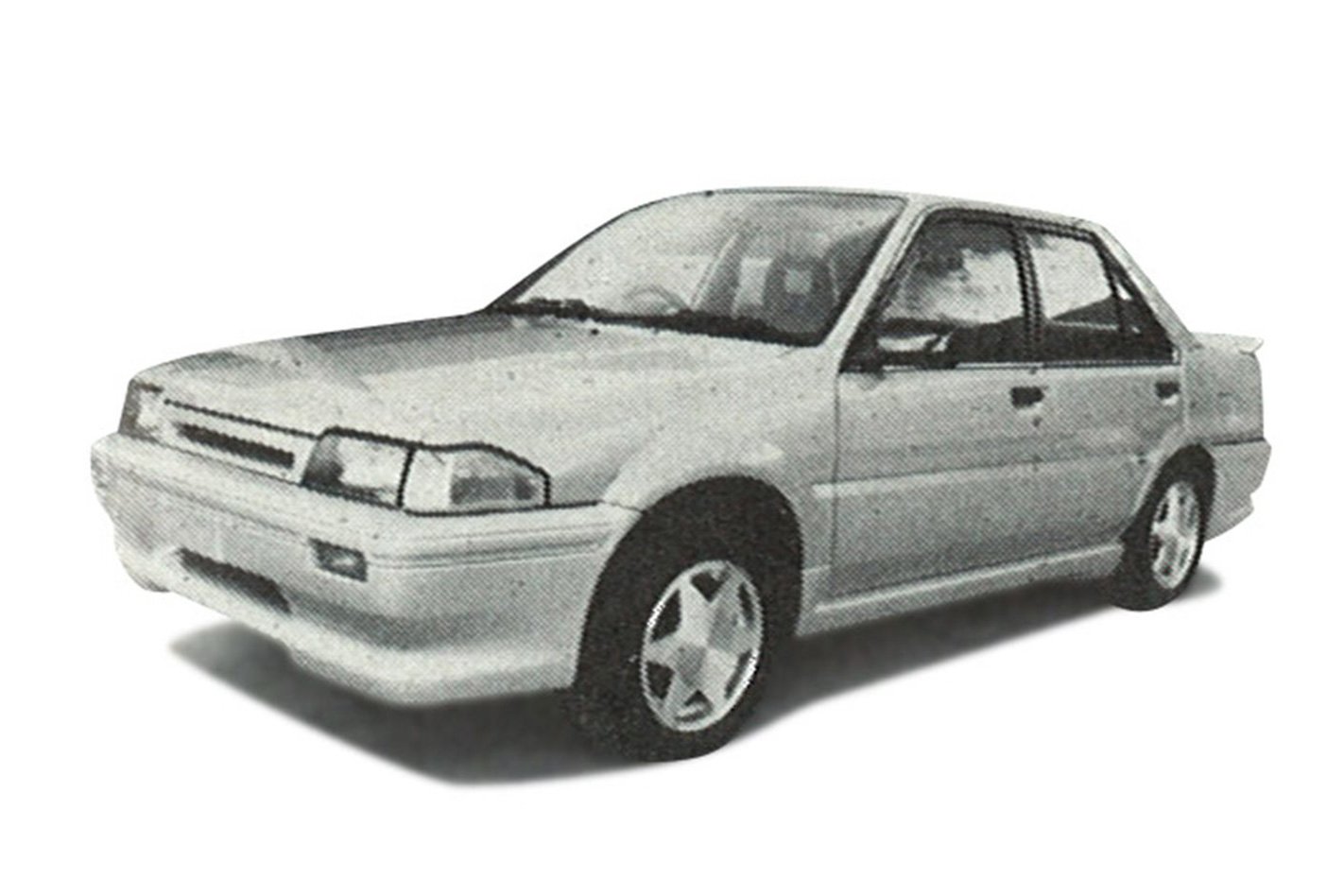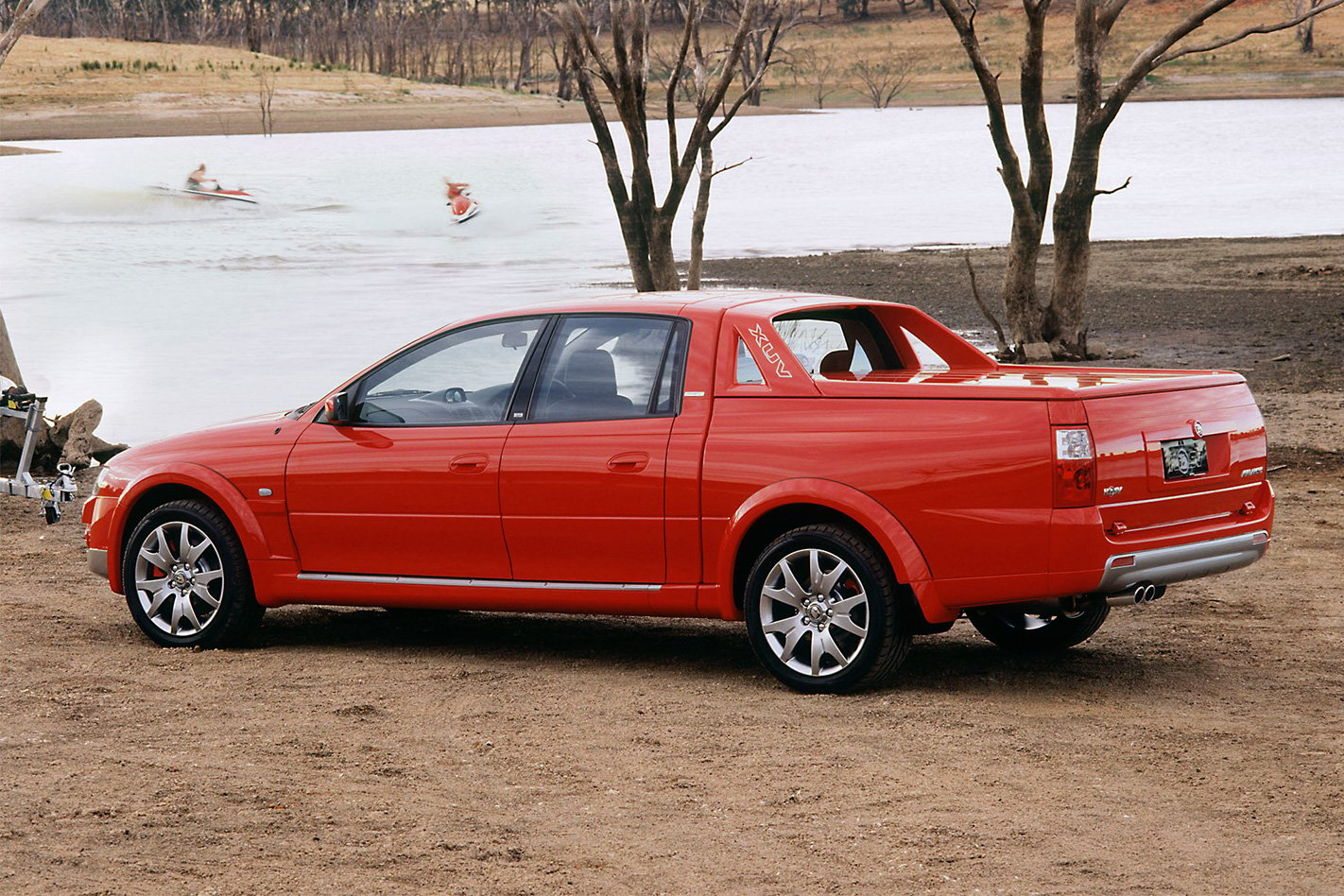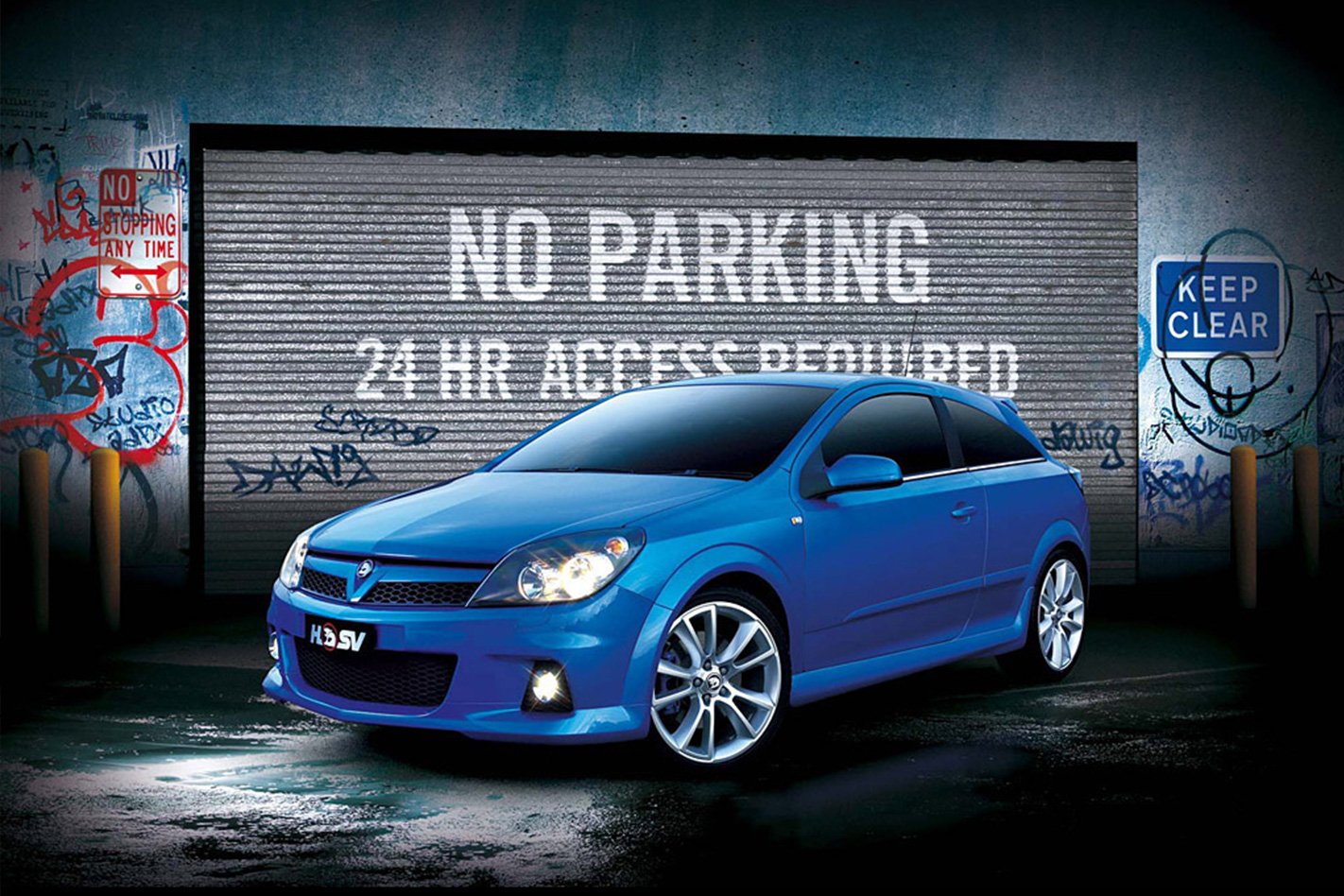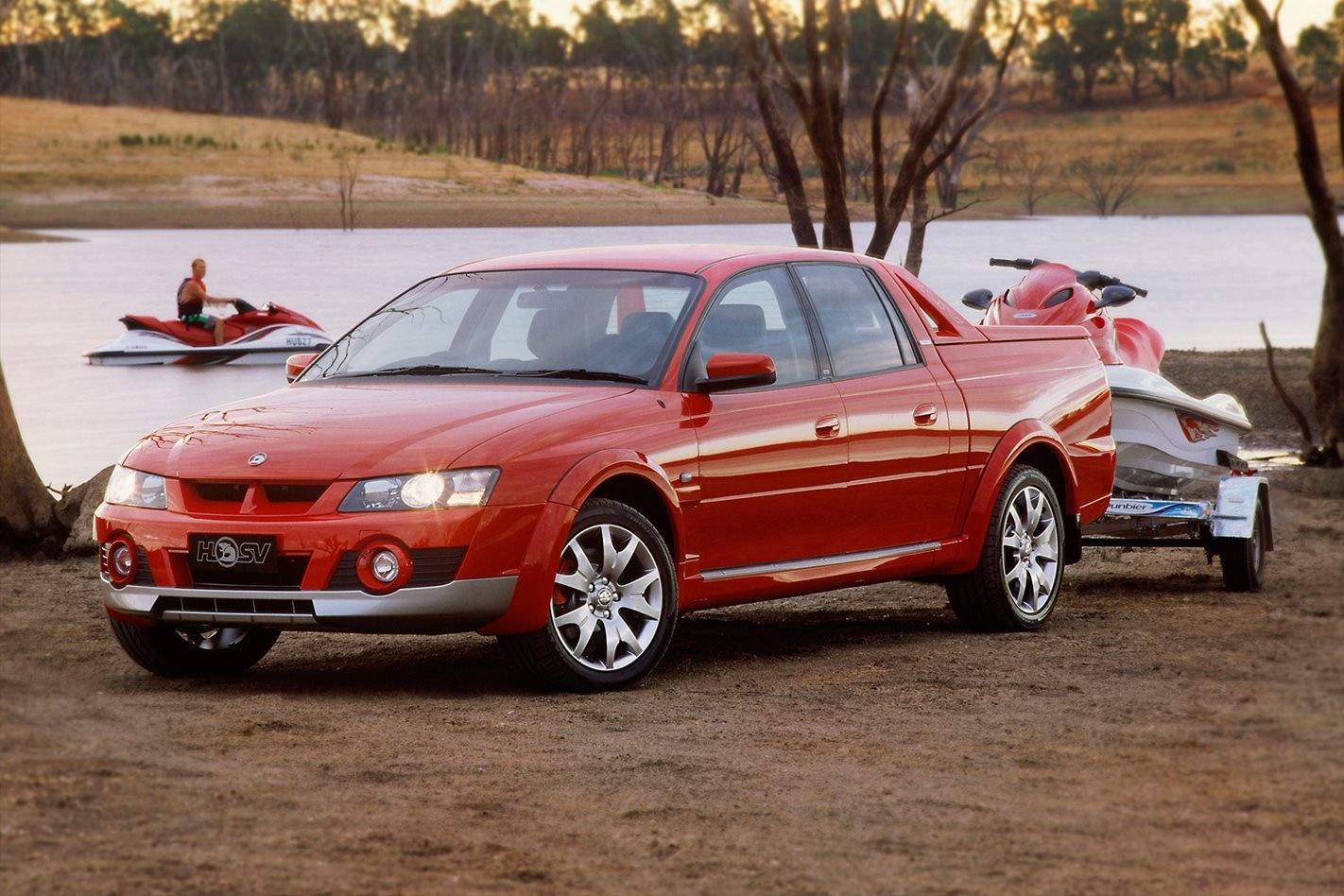WITH THE well of locally built, V8-powered Holden Commodores dry, Holden Special Vehicles has shifted its focus to tarting up a rising Aussie favourite, the dual-cab ute.
HSV’s new line up consists of two modified pick-ups, the Holden Colorado Sportscat by HSV and the Sportscat + (yes, also ‘by HSV’). Neither has engine modifications, which potentially makes them easier to engineer than say out loud.
But, despite the pearl-clutching that followed the announcement, getting off the beaten track isn’t actually new territory for HSV.
The Clayton operation has worked on Holden products outside of its usual V8, rear-drive Commodore domain since it began in 1988, even creating some non-Commo concepts.
Some of these creations were ahead of their time, with bodykits, sticker packs, and mild mechanical changes now par for the course with car manufacturers – often labelled as ‘special editions’ with inflated prices.
Here are some of our favourite, almost forgotten HSVs.
HSV SV1800 Astra
In 1988, the Holden Astra was the product of a successful model-sharing agreement between Nissan and Holden, with a GM engine and Aussie panels paired with Japanese transmission.
Based on the LD-series Astra the SV1800 officially had the same 79kW and 151Nm as the Holden (which was class-leading at the time), though the HSV warming over added extractors and a sports exhaust to the naturally aspirated 1.8-litre four.

The tenuous racing relations didn’t translate to big SV1800 sales however – just 65 HSV Astras drove away from Clayton in a mix of sedan and hatchback.
HSV Avalanche/XUV
While technically based on a V8 Commodore, this ahead-of-their-time duo from HSV was ultimately destined to fail.
The HSV Avalanche and XUV were jacked-up ‘all-road’ products based on the Adventra LX8 crossover and Crewman Cross8 utility respectively.
In HSV form both were powered by the iconic 5.7-litre LS1 V8, sending 270kW (up from 235kW in the Holden) and 475Nm via a four-speed 4L65-E automatic and permanent all-wheel drive tuned to send 62 percent of the power to the rear wheels.

On paper the Avalanche, at least, seemed a tantalising prospect – a full-size V8-powered wagon with a rear-biased all-wheel-drive system. But it was hampered by the fact it weighed a portly 2026kg.
Additionally, the AWD system made the front axle too wide, which hampered HSV’s exhaust header design, in turn hurting the Avalanche and XUV in the power stakes.

However, the second-gen Avalanche/XUV models are rather rare, having only been built over nine months between April and December 2005.
These later examples can be differentiated from the original models thanks to a re-profiled front bumper.
The Avalanche and XUV, along with all of Holden’s V8 Commodore-based all-wheel-drive products, were discontinued as GM phased out the 5.7-litre LS1 due to tightening Euro 3 emissions regulations. Poor sales performance, thirsty fuel consumption, and impractical dimensions also contributed to the car’s demise.
HSV VXR Turbo
The VXR Turbo is a fine example of HSV whacking its badge on a car, before clocking off early.
Beyond a rebadging of the UK-sourced Vauxhall Astra VXR, all the work for the VXR Turbo was done by HSV’s de facto siblings at the Opel Performance Centre (OPC).

In 2008, a year before the model bowed out, a Nurburgring edition was launched, with more power, and improved brakes and suspension. Again, HSV’s input was stretched to putting a total of six badges on the car. Is it tea time already?
Holden Jackaroo HSV
The team at Clayton knew they’d rolled the arm with this one to the point that it wasn’t branded as a full HSV model, instead being dubbed the Holden Jackaroo HSV.
Released in July of 1993, the Jackaroo was a rebadged Isuzu Trooper.

The then-impressive 3.2-litre V6 under the bonnet was untouched, and the only other mechanical change being a set of alloy wheels of a style similar to VP Clubsport with which the HSV Jackaroo fleetingly shared showrooms.
HSV VN convertible concept
While the other four cars on this list could be bought in a showroom, the VN convertible was just a concept car. Thankfully.
The 1989 concept was built as a feasibility study, and featured a front-end that would eventually become that of the VP Commodore.
The one-and-only concept car, resplendent in the era’s Lion ‘n’ Helmet racing livery, now lives at the National Holden Motor Museum in Echuca, Victoria.







